This xBmt was completed by a member of The Brü Club in collaboration with Brülosophy as a part of The Brü Club xBmt Series. While members who choose to participate in this series generally take inspiration from Brülosophy, the bulk of design, writing, and editing is handled by members unless otherwise specified. Articles featured on Brulosophy.com are selected by The Brü Club leadership prior to being submitted for publication. Visit The Brü Club Facebook Group for more information on this series.
Author: Mike Olivier
First wort hopping (FWH) is a method where the initial hop addition is made immediately after lautering while the wort is heating to a boil. While some claim this technique has no noticeable impact on beer, others believe it leads to a smoother bitterness while also contributing aroma and flavor characteristics.
Although the mechanism by which FWH is said to influence beer is debatable, it is believed to involve hop glycosides, which are compounds made up of a flavor active molecule bound to a sugar molecule. As long as these compounds remain intact, they aren’t volatile, meaning they can survive the boiling and fermentation processes, and thus presumably be present in the finished beer.
Bitterness in beer is commonly viewed as a function of both temperature and time, with longer durations in hot or boiling wort leading to higher IBU (international bittering units). One rule of thumb when it comes to FWH is that, when hop amount is controlled, the IBU when a 60 minute boil is employed will be equivalent to that of a beer where the initial hop addition is added when the boil is reached and left for 65 minutes. Having read the past Brülosophy xBmts on FWH, both of which returned non-significant results, I decided to test it out for myself.
| PURPOSE |
To evaluate the differences between a beer that receives a first wort hop and one where the same amount of hops are added at the start of the boil.
| METHODS |
I went with a simple single-hop European Lager recipe for this xBmt in order to avoid masking any impact of the variable.
Cobblestones
Recipe Details
| Batch Size | Boil Time | IBU | SRM | Est. OG | Est. FG | ABV |
|---|---|---|---|---|---|---|
| 5.5 gal | 75 min | 27.4 IBUs | 3.2 SRM | 1.045 | 1.007 | 4.9 % |
| Actuals | 1.045 | 1.01 | 4.6 % | |||
Fermentables
| Name | Amount | % |
|---|---|---|
| Pilsner (2 Row) Ger | 7.75 lbs | 86.11 |
| Barley, Flaked (Briess) | 12 oz | 8.33 |
| Carapils (Briess) | 8 oz | 5.56 |
Hops
| Name | Amount | Time | Use | Form | Alpha % |
|---|---|---|---|---|---|
| Northern Brewer | 39 g | 75 min | First Wort | Pellet | 4.6 |
Yeast
| Name | Lab | Attenuation | Temperature |
|---|---|---|---|
| German Lager (WLP830) | White Labs | 77% | 50°F - 55°F |
Download
| Download this recipe's BeerXML file |
To minimize variability, a single 10 gallon/38 liter batch was mashed at my target pH and temperature.
When the 60 minute mash rest was complete, I proceeded to sparge, transferring the entire volume of sweet wort to my boil kettle.
With the full volume of wort in the boil kettle, I set the electric controller to hold it at 168°F/76°C, my set sparge temperature, then proceeded to remove the HERMS coil from my hot liquor tun (HLT). At this point, I added the first wort hop addition to the empty HLT then pumped half of the sweet wort from the boil kettle.
As soon as the transfer was finished, both controllers were set to 100% such that the worts would boil simultaneously.
Once a boil was reached, the initial hop addition was made to the wort that did not receive a FWH addition. Following each 75 minute boil, both batches were recirculated and allowed to cool to 180°F/82°C in order to minimize or eliminate additional IBU extraction. My reason for doing this I used the same CFC to chill both batches in sequence; it should be noted the chiller was flushed between batches. The filled fermentation kegs were left in my chamber to finish chilling to my desired pitching temperature of 44°F/7°C, at which point 4 packs of WLP830 German Lager yeast was pitched into each batch. The beers were left to ferment at 48°F/9°C for 5 days before I began a 2 day temperature rise to 64°F/18°C. After 14 days, I transferred the beers to serving kegs and began reducing their temperature by 2°F/1°C per day until it reached 37°F/3°C, which took another 14 days.
The beers were then lagered for 28 days before I took hydrometer measurements showing both reached the same 1.010 FG. At this point, they were ready for evaluation.
| RESULTS |
Due to homebrew club meeting cancellations as a result of COVID-19, formal triangle tests could not be performed. As such, I provided samples of each beer to four of my neighbors in exchange for their subjective input, which was provided via email. All four tasters felt they could perceive a difference between the beers and agreed that the standard hop version was more preferred. It should be noted the sensory analysis evaluations were completed in uncontrolled conditions.
QUANTITATIVE DATA
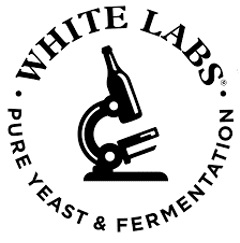 I submitted samples of each beer to White Labs for IBU testing, as I was interested to see not only what the differences in actual bitterness were between the FWH and standard hop beer, but to compare the measured IBU to that predicted by BeerSmith.
I submitted samples of each beer to White Labs for IBU testing, as I was interested to see not only what the differences in actual bitterness were between the FWH and standard hop beer, but to compare the measured IBU to that predicted by BeerSmith.
As expected, the FWH beer was slightly more bitter than the standard hop beer, and the BeerSmith predictions for both batches was relatively close.
| DISCUSSION |
Note: Mike Olivier’s approach to experimentation is different than the typical Brülosophy approach, but we felt his findings warranted publication regardless. Please note the following discussion section was authored by Marshall Schott.
First wort hopping (FWH) is a method that involves adding hops to wort immediately after lautering and leaving them in throughout the boil. One counterintuitive claim about FWH is that, despite the hops being in contact with hot wort longer, ostensibly leading to more isomerization of alpha acids, it results in a smoother bitterness. Moreover, a FWH addition is also widely believed to carryover desirable hop aroma and flavor characteristics to the finished beer, which again goes against the conventional idea that early kettle additions have minimal influence on such factors.
Whereas blind participants in two past xBmts were unable to reliably distinguish a FWH beer from one where the hops were added once the boil was reached, such was not the case in Mike’s xBmt, as he and his four neighbors reportedly perceived a difference between his beers. As Mike acknowledged, he was unable to perform a standard triangle test due to COVID-19, and the sensory analysis was quite uncontrolled. As the contributor who performed the prior FWH xBmts, I can’t help but wonder the extent to which bias may have played a role in these particular findings. Skeptical as I may be, if I assume bias was minimal, it leads me to wonder what about the way Mike brewed his beers made them perceptibly different. In a presentation Mike gave on this xBmt, he stated his belief that the differences can be attributed to the additional bitterness in the FWH beer, noting he added 100% of the kettle hops immediately after lautering. On a practical level, it makes sense that the FWH beer would be more bitter, especially considering they sat in the wort a bit longer than is typical given Mike’s brewing approach. However, Mike and his tasters purportedly perceived the FWH as being more bitter, which goes against the claim that it produces a smoother bitterness.
More objectively, Mike had both beers tested for IBU and found the FWH batch was indeed more bitter than the standard hop beer, but not by much. It’s often said that the threshold for perceiving differences in bitterness is 5 IBU, so the fact the FWH beer was 6 IBU higher may explain the tasters’ abilities to tell them apart. In our last FWH xBmt, lab tests showed the difference between the FWH and the standard hop beer was just 2 IBU, which might be a function of how quickly the FWH beer reached a boil, meaning the hops were in contact with hot wort for considerably less time than in Mike’s xBmt.
I’ve been a fan of first wort hopping for a long time, though not for the reasons many use it for, rather it significantly reduces the chances of a boilover that can occur when making the initial hop addition. For me, it’s a matter of convenience, that’s it, and I’ll keep making such additions without considering the impact it has on perceptible qualities of my beer, because on my specific system it really doesn’t seem to matter.
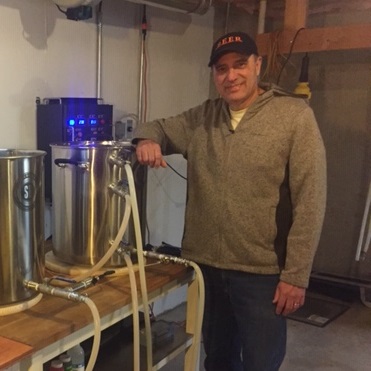 Mike Olivier lives near Dayton, OH and is a member of the Dayton Region Amateur Fermentation Technologists (D.R.A.F.T.) brew club. He is a consultant Project Manager for the Oil & Gas Industry and holds a Mechanical Engineering degree. He also works part-time as a Brew-On-Premises Technician at a local brewery, interacting with and instructing customers in the art and technology of craft brewing. As an engineer, Mike draws on technical and process industry experience to collect, integrate, and present data through the use of open source microprocessors and IoT platforms with emphasis on repeatability and optimization of processes. He is interested in experimentation and sharing what he learns.
Mike Olivier lives near Dayton, OH and is a member of the Dayton Region Amateur Fermentation Technologists (D.R.A.F.T.) brew club. He is a consultant Project Manager for the Oil & Gas Industry and holds a Mechanical Engineering degree. He also works part-time as a Brew-On-Premises Technician at a local brewery, interacting with and instructing customers in the art and technology of craft brewing. As an engineer, Mike draws on technical and process industry experience to collect, integrate, and present data through the use of open source microprocessors and IoT platforms with emphasis on repeatability and optimization of processes. He is interested in experimentation and sharing what he learns.
If you have any thoughts about this xBmt, please do not hesitate to share in the comments section below!
Support Brülosophy In Style!
All designs are available in various colors and sizes on Amazon!
Follow Brülosophy on:
FACEBOOK | TWITTER | INSTAGRAM
If you enjoy this stuff and feel compelled to support Brulosophy.com, please check out the Support page for details on how you can very easily do so. Thanks!


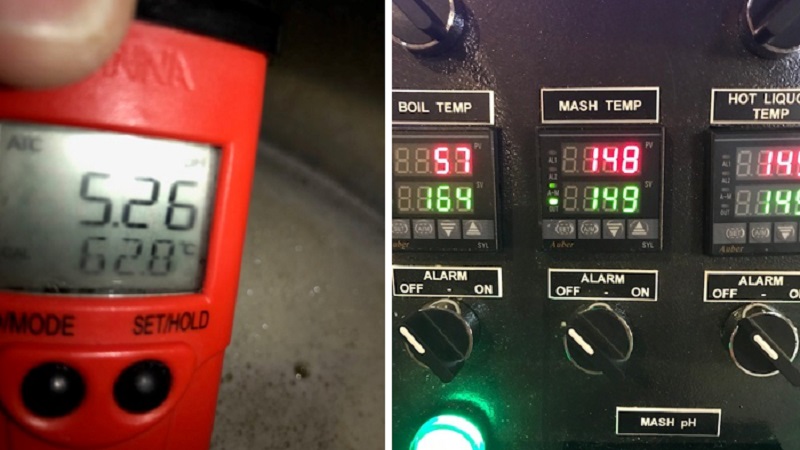
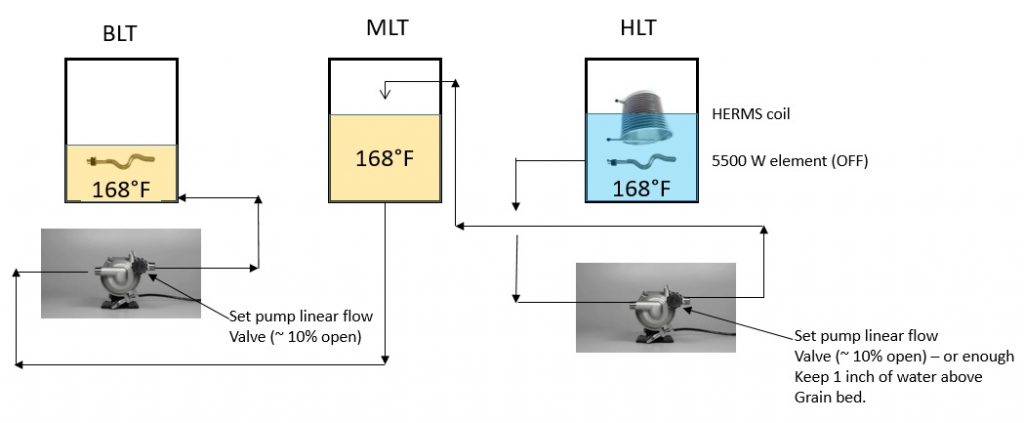
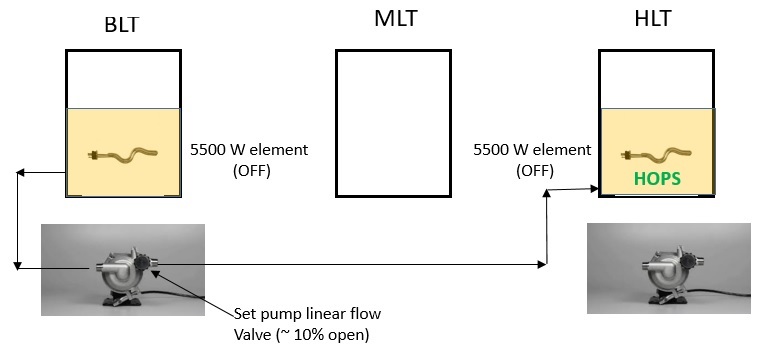
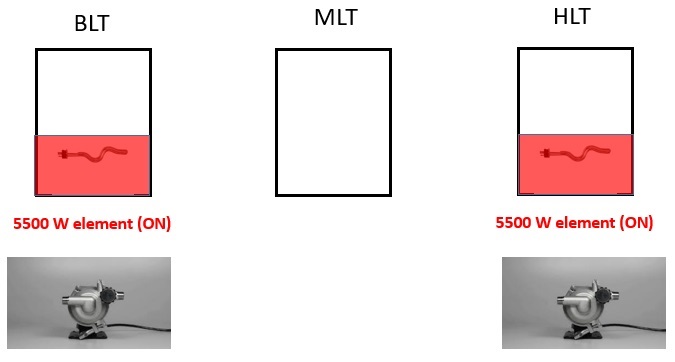
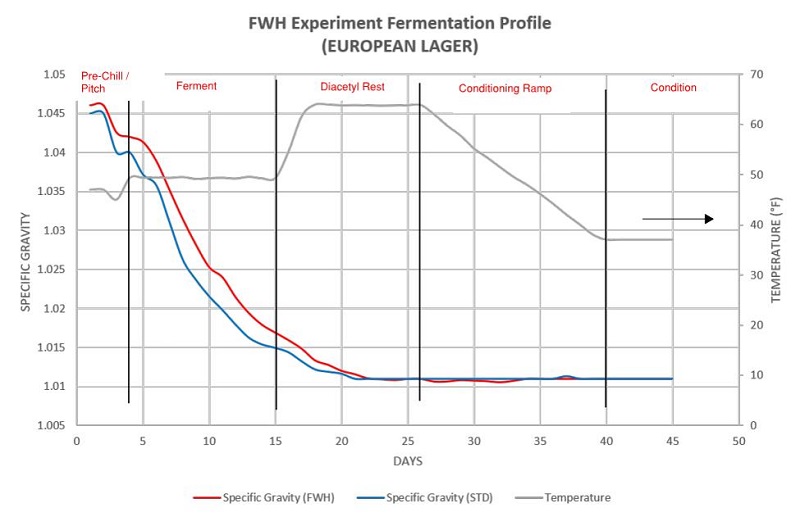

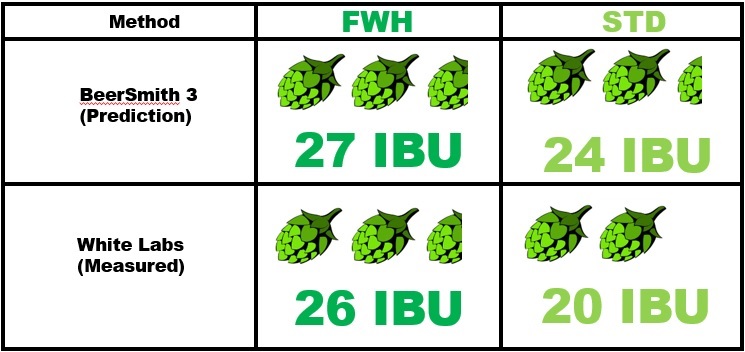










14 thoughts on “The Brü Club xBmt Series | First Wort Hop vs. 75 Minute Kettle Addition”
What does “BLT” stand for?
Bacon lettuce and tomato
Does pumping hot wort into bacon, lettuce, and tomato extract bacon flavor? Is hot side baconation a concern?
I’m hardly a traditionalist when it comes beer recipes, but at some point we have to admit that these adjuncts are just getting out of hand.
Nope. Labeling aside, it’s essentially a Boil kettle that also functions as a spare hot Liquor Tank. My set-up is a 240 volt, 50 amp three-tank system that allows me to fire up both heating elements (one for the boil kettle and one for the main hot liquor tank) at the same time. The spare hot liquor tank (boil kettle) is used for strike water, the main hot liquor tank is used for mash recirculation and sparging. This shortens my brew day by about 30 minutes.
I’m assuming it’s a typo. I’ve never heard of a boil lauter tun, and boil liquor tun/tank doesn’t make any sense.
I’ve had a cucumber flavoured beer from Thornbridge, a bacon tasting Rauchbier and plenty of red ales in my time. Maybe BLT is a new style of cucumber flavoured red Rauchbier?
Yep, meant to designate it as the Boil Kettle.
It’s essentially the Boil Kettle. My Boil Kettle is dual purpose (“B/LT”) – I use it to heat up strike water (think Liquor Tank) and transfer it to the mash tun. At the same time, I heat up sparge water in my HLT (hot liquor tank). I use the Boil Kettle as a strike water Liquor Tank to avoid refilling/reheating my HLT for sparging. After sparging, my “B/LT” functions as Boil Kettle. Should have just labelled it “BK”. Hope this answers your question.
Boil Kettle
It’s essentially the Boil Kettle. My Boil Kettle is dual purpose (“B/LT”) – I use it to heat up strike water (think Liquor Tank) and transfer it to the mash tun. At the same time, I heat up sparge water in my HLT (hot liquor tank). I use the Boil Kettle as a strike water Liquor Tank to avoid refilling/reheating my HLT for sparging. After sparging, my “B/LT” functions as Boil Kettle. Should have just labelled it “BK”. Hope this answers your question.
“However, Mike and his tasters purportedly perceived the FWH as being more bitter, which goes against the claim that it produces a smoother bitterness.“
IMHO, a little less bitter not necessarily smoother. I can’t really prove or explain this, just based on personal experience. I also began FWH to avoid a boilover, after which I can honestly say produced a different taste perception. More rounded, softer initial impact. Smoother would be a good descriptor. Just my 2 cents. Love the Xbeeriments, keep it up!
Thanks for your insights. This was an experiment in extremes as normally I would FWH with about 30% of the total bittering hop charge and the rest added to the boil.
I wonder about oxidation of hops, which requires air and is faster while hot. Boiling is very effective at protecting the wort from air because there is a continuous flow of gaseous water sweeping oxygen away. It is a standard method for removing dissolved air from water.
Just before and just after boiling while wort is very hot, it’s most susceptible to oxidation. Quick heating and cooling help to minimize time it’s both hot and exposed to oxygen. Adding hops at the start of boil may make more difference for those unable to heat quickly.
Quick heating would also minimize the longer time the alpha acids have to be extracted and to isomerize, possibly explaining the large and small bitterness difference between the two xbmts.